Arquitecto: Bertrand Goldberg
Estilo arquitectónico: Moderno
Tipo: Rascacielos
Altura: 179.23 metros
Presupuesto: Millones 36$
Uso: Mixto (Residencial, Comercial, Teatro,
Espacios de ocio y entretenimiento, Puerto deportivo)
Plantas: Torres 61, Edificio Comercial 16
El Complejo Multi-familiar de Marina City (Ciudad Marina) se encuentra localizado a orillas del Río Chicago en el mismo centro de la ciudad, muy próximo al Edificio IBM diseño del prestigioso arquitecto Ludwig Mies Van der Rohe; también muy cerca de la recientemente inaugurada Trump Chicago Tower, obra de SOM. El solar donde se construyó la Ciudad Marina lo atraviesan la calle State por el este, la calle Dearborn por el oeste y el Río Chicago por su lado sur. Con la construcción de Marina City, Bertrand Goldberg (1913-1997), muy preocupado por la sociedad de su tiempo y quien se dedicó durante gran parte de su carrera como arquitecto a diseñar edificios de carácter residencial e institucional, quiso crear "una ciudad dentro de otra ciudad".

Marina City está compuesta por diferentes edificaciones en torno a una plaza. Dos Torres Residenciales de 61 plantas en total, disponen de 20 plantas de parking privado en rampa, más otras 40 plantas destinadas a apartamentos; un Edificio de 16 plantas destinado a Centro Comercial con varios restaurantes; el Edificio del Teatro, que cuenta también con varias salas de cine; una bolera y una piscina; también una pista de patinaje sobre hielo. La primera torre residencial que se construyó fue la torre este y su construcción terminó a comienzos del año 1962; la construcción de la segunda torre y que se sitúa al pie del río Chicago, concluiría a finales de ese mismo año; bajo esta torre, que se encuentra situada al mismo pie del río Chicago, se dispusieron diferentes pantalanes privados para acoger a las embarcaciones de recreo de los propios residentes.

Lo más destacado de esta interesantísima obra arquitectónica son sin lugar a dudas las dos torres residenciales con su característica estructura de hormigón armado rematada exteriormente con sus majestuosas terrazas de forma curva que gallonadas, ofrecen gran dinamismo y se diferencian inmediatamente del resto de edificaciones anexas. Las dos torres de la Ciudad Marina se componen de una estructura de hormigón armado dividida en dos cuerpos, uno inferior con 20 plantas de aparcamientos en rampa, más otro cuerpo superior con 40 plantas residenciales destinadas a 900 apartamentos cada una; sendos cuerpos quedan unidos por dos plantas en las que además Goldberg ubicó un servicio de lavandería. Una cubierta transitable corona cada torre para el uso y disfrute de los propietarios.

Las dos torres de Marina City consiguieron una importante innovación estructural, ya que fueron los primeros edificios en el mundo en utilizar el encofrado deslizante. Este innovador sistema de construcción y que hoy en día es mundialmente conocido como "Sistema de trepa", está basado en la aplicación de soluciones mecánicas e hidráulicas con las que se consigue ir elevando el encofrado hacia las plantas superiores, y lo más importante, sin necesidad de la ayuda de una grúa; este sistema de construcción es muy importante para la construcción de Rascacielos en la actualidad, ya que trabajar con grúas a la altura de los rascacielos, ofrece una altísima peligrosidad. Este sistema de construcción se está llevando a cabo en la actualidad para la construcción de numerosos edificios altos y rascacielos en todo el mundo como por ejemplo el Turning Torso en Malmo, o el Burj Khalifa (Burj Dubai), entre otros.

Bertrand Goldberg, quien diseñó unas torres distintivas mediante su forma circular, quiso también que las fachadas de ambas torres contasen con grandes espacios acristalados para el mejor aprovechamiento de las vistas a la ciudad de Chicago cubriendo los 360º a la redonda; también habilitó grandes terrazas continuación de la super-estructura de hormigón armado. Un dato muy importante de la estructura de sendas torres, es que el primer cuerpo destinado a parking, al estar abierto hacia el exterior y por tanto circular el aire de forma natural por todo su volúmen, ofrece por tanto menor resistencia frente al fuerte viento tan habitual en la ciudad de Chicago durante gran parte del año.
En la actualidad (año 2010), el uso de algunos de los edificios que conforman el Complejo Multi-familiar de Marina City ha cambiado, ya que por ejemplo el Edificio que había sido en su día un enorme Centro Comercial de 16 plantas, hoy en día ha sido reconvertido en un Edificio de Oficinas; también, en el espacio que en su día ocupó la pista de patinaje sobre hielo y que se situó muy próxima al Río Chicago, se ha construido una estructura metálica donde se han habilitado varios Restaurantes. Marina City se ha convertido en un auténtico ejemplo de arquitectura funcional, en todo un referente en el mundo de la Arquitectura de Chicago, del mundo de los Rascacielos, y como todo un ejemplo a seguir por otros arquitectos de todo el mundo. Marina City se convirtió en la obra maestra del prestigioso arquitecto Bertrand Goldberg, que fue sin duda la obra que le catapultó al estrellato en todo el mundo.

Aerial View of the new restaurants that have enabled today where once there was the ice skating rink ... / Vista cenital de los nuevos restaurantes que se han habilitado en la actualidad donde antiguamente se encontraba la pista de patinaje sobre hielo...
ENGLISH
Architect: Bertrand Goldberg
The Architectural Style: Modern
Type: Skyscraper
Hight: 179.23 meters
Budget: Millions 36$
Use: Mixed (Residential, Commercial, Theatre,
Spaces leisure and entertainment and Marina)
Plants: Towers 61, Commercial Building 16
Multi-Family Complex in Marina City is located on the banks of the Chicago River in the heart of the city, close to the IBM Building designed by the prestigious architect Ludwig Mies Van der Rohe, also close to the recently opened Trump Chicago Tower, designed by SOM. The lot where he built the Marina City traverse the State Street to the east, Dearborn Street on the west and the Chicago River for its south side. With the construction of Marina City, Bertrand Golderg (1913-1997), very concerned about the society of his time and who he spent much of his career as an architect to design buildings for residential and institutional nature, wanted to create "a city within another city".

Impressive panoramic view of the city of Chicago taken from the deck of the Marina City West Tower, where you can spot the Aon Center and Two Prudential Plaza, in the background ... / Sorprendente vista panorámica de la ciudad de Chicago tomada desde la cubierta de la Torre Oeste de Marina City, desde donde se pueden divisar el Aon Center y el Two Prudential Plaza, al fondo...
Marina City is composed of different buildings around a plaza. Two residential towers of 61 floors in total, 20 plants have private parking ramp, plus a further 40 floors for apartments, a 16-storey building for a shopping center with several restaurants, the theater building, which also has several cinemas, a bowling alley and a swimming pool, also an ice rink. The first residential tower to be built was the east tower and its construction ended in early 1962, the construction of the second tower, which stands at the foot of the Chicago River would be completed later that year under this tower, is located at the very foot of the Chicago River, they set different private docks to welcome the boats of the residents.
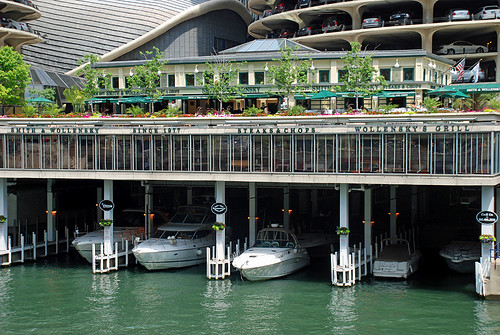
The highlight of this interesting piece of architecture are undoubtedly the two residential towers with their characteristic reinforced concrete structure topped with its majestic exterior of a curved terraces galloned offer great dynamism and immediately differentiate from other outbuildings. The two towers of Marina City is composed of a reinforced concrete structure divided into two parts, a bottom 20 floors of parking ramp, plus another upper body with 40 residential floors with 900 apartments for each, are joined by two separate bodies two plants in Goldberg also located a laundry service. A passable cover crown each tower for the use and enjoyment of the owners.
The shape of the two residential towers of Marina City offer an almost sculptural, due to the geometry of the extension of concrete in the form of terraces, from which you can also live with the city of Chicago... / La forma de las dos Torres residenciales de Marina City ofrecen una forma casi escultural, debido a la geometría de la prolongación del hormigón armado en forma de terrazas, desde las que también se puede convivir con la ciudad de Chicago...
The two towers of Marina City got an important structural innovation, as they were the first buildings in the world to utilize the slipform. This innovative construction system that is now known worldwide as "climbing system" is based on the application of mechanical and hydraulic solutions that are achieved by raising the formwork go to the upper floors, and most important, need the help of a crane, a system of construction is very important for the construction of skyscrapers today, because working with cranes at the height of skyscrapers, offers a very high hazard. This system of construction is taking place today for the construction of many tall buildings and skyscrapers around the world such as the Turning Torso in Malmo, or the Burj Khalifa (Burj Dubai), among others.
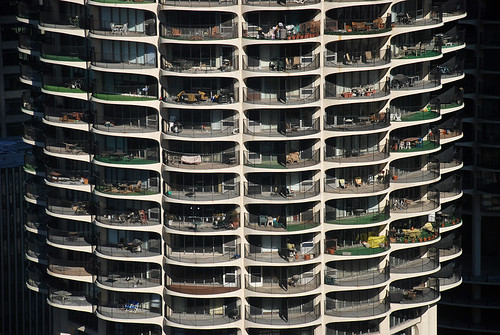
Bertrand Goldberg, who designed towers distinctive by its circular shape, also wanted the facades of both towers had large glass area for better utilization of the views of the city of Chicago covering 360 degrees around; also enabled large terraces below the super-structure of reinforced concrete. A very important fact of the structure of two towers, is that the first body designed to parking, to be open to the outside and therefore circulate air naturally by all its bulk, thus offering less resistance to strong wind so usual in the city of Chicago for much of the year.

Currently (2010), the use of some of the buildings that make up the Multi-Family Complex Marina City has changed, as for example the building that had once been an enormous 16-storey shopping center, now day has been converted into an office building, also in the space once occupied the ice rink and stood very near the Chicago River, has built a metal structure which has enabled several restaurants. Marina City has become a true example of functional architecture, a benchmark in the world of architecture in Chicago, the world of skyscrapers, and as a great example to follow by other architects around the world. Marina City became the masterpiece of renowned architect Bertrand Goldberg, who was without doubt the work that catapulted him to worldwide stardom.

"Images Marina City Chicago",
Image 1-7-9-11 Copyright © SolardWind - Chicago, Flickr
Image 2-4 Copyright © Bertrand Golberg, Web
Image 3-5-12-13 Copyright © Eric Firley, Flickr
Image 6-8-10 Copyright © Bob Seagal, Flickr
"Text" Copyright © José Miguel Hernández Hernández
Editor, Escritor y Fotógrafo de Arquitectura /
Publisher, Writer and Architectural Photographer
Todos los derechos reservados / All rights reserved
http://www.jmhdezhdez.com/
Others works in Chicago / Otras obras en Chicago
Aqua Tower
Chicago, Illinois, USA
Studio Gang Architects
BP Bridge
Jay Pritzker Pavilion, Millenium Park, Chicago, Illinois, USA
Gehry Partners LLP
Willis Tower
Chicago, Illinois, USA
Skidmore, Owings & Merrill LLP, SOM
John Hancock Center
Chicago, Illinois, USA
Skidmore, Owings & Merrill, SOM
Lake Point Tower
Chicago, Illinois, USA
Schipporeit & Heinrich
MUY IMPORTANTE!!! VERY IMPORTANT!!!
Deja tu comentario sobre este reportaje al pie de este post donde dice "Publicar un comentario en la entrada"; me será de gran valor para seguir mejorando este sitio web y te contestaré con la mayor brevedad posible... Muchas gracias!
No obstante, si te ha resultado interesante este reportaje y también el Blog en general, por favor, no dudes en hacerte Fan de la página de Fans del Blog de José Miguel Hernández Hernández en Facebook aquí
Nota importante: Una vez que hayas entrado en la página de Fans del Blog en Facebook, con sólo hacer click en el botón de "Me gusta", a partir de ese momento estarás al tanto de todos los nuevos reportajes interesantes relacionados con la Arquitectura y la Ingeniería que aquí se vayan publicando para no perder ningún detalle...
También puedes suscribirte por e-mail (te llegaría un e-mail con el enlace de cada artículo en el mismo momento en que sea publicado), o bien también puedes seguir el Blog a través de Twitter aquí
Nos vemos en el Blog!
Leave a comment on this story at the bottom of this post where it says "Post a comment in the entry", I will prove invaluable to further improve this website and I will answer as soon as possible .. . Thank you very much!
However, if you this story was interesting and the blog in general, please do not hesitate to make Fan Fans of the Blog page José Miguel Hernández Hernández on Facebook here
Very important: Once you enter the page Blog fan of Facebook, simply click on the button Like "From that moment you are aware of all new interesting stories related to the Architecture and Engineering are published here to avoid losing any detail ...
Can also subscribe by e-mail (I would e-mail with a link to each item in the same time it is published), or you can follow through Blog Twitter here
See you at the Blog!
HOME GEOGRAPHY ARCHITECTURE ENGINEERING SKYSCRAPERS
BRIDGES BUILDINGS TOWERS PUBLICATIONS ABOUT ME CONTACT
Copyright © José Miguel Hernández Hernández
Editor, Escritor y Fotógrafo de Arquitectura /
Publisher, Writer and Architectural Photographer
http://www.jmhdezhdez.com/
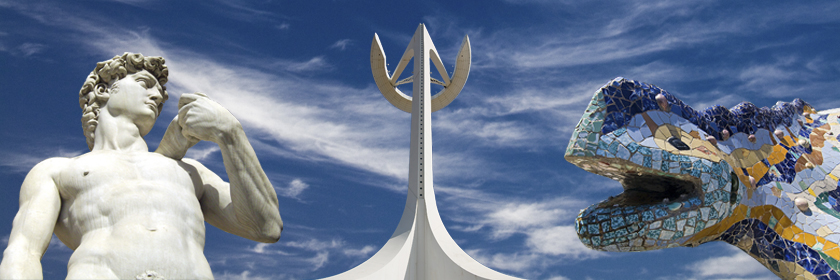



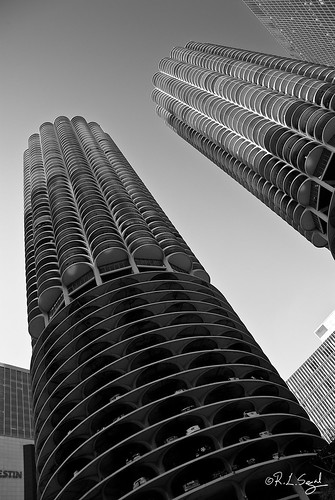







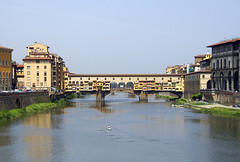




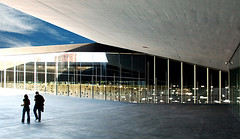


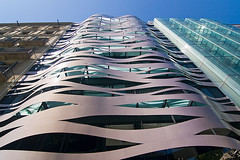



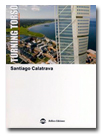

No hay comentarios:
Publicar un comentario